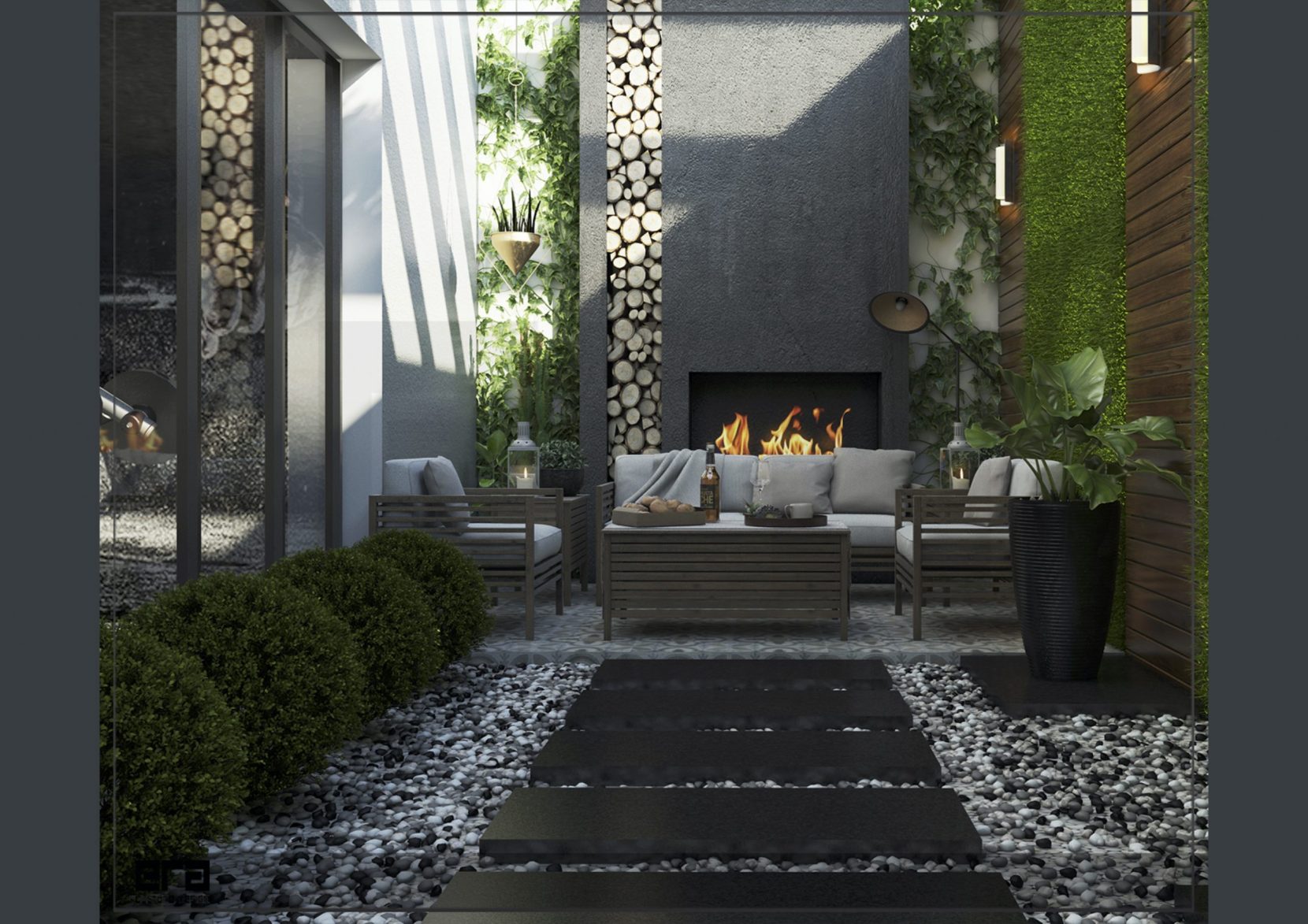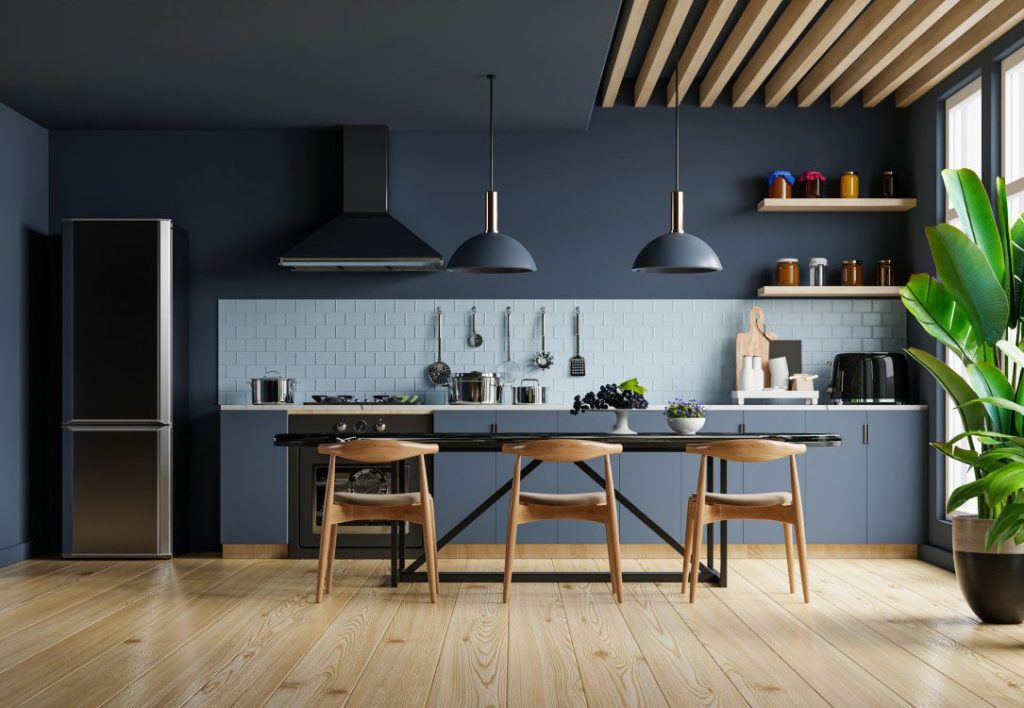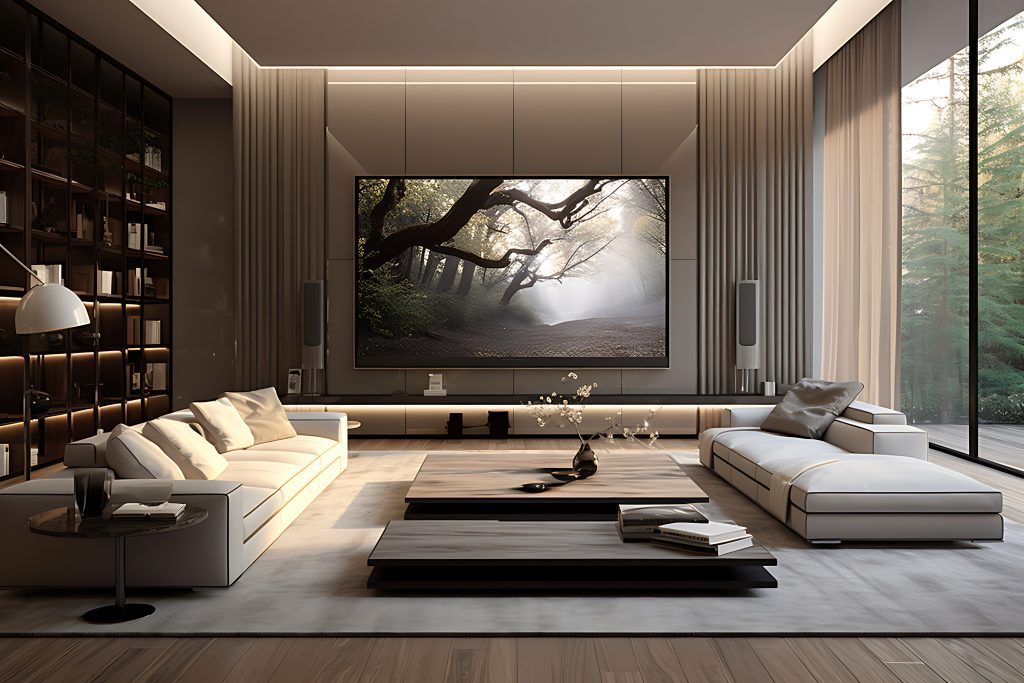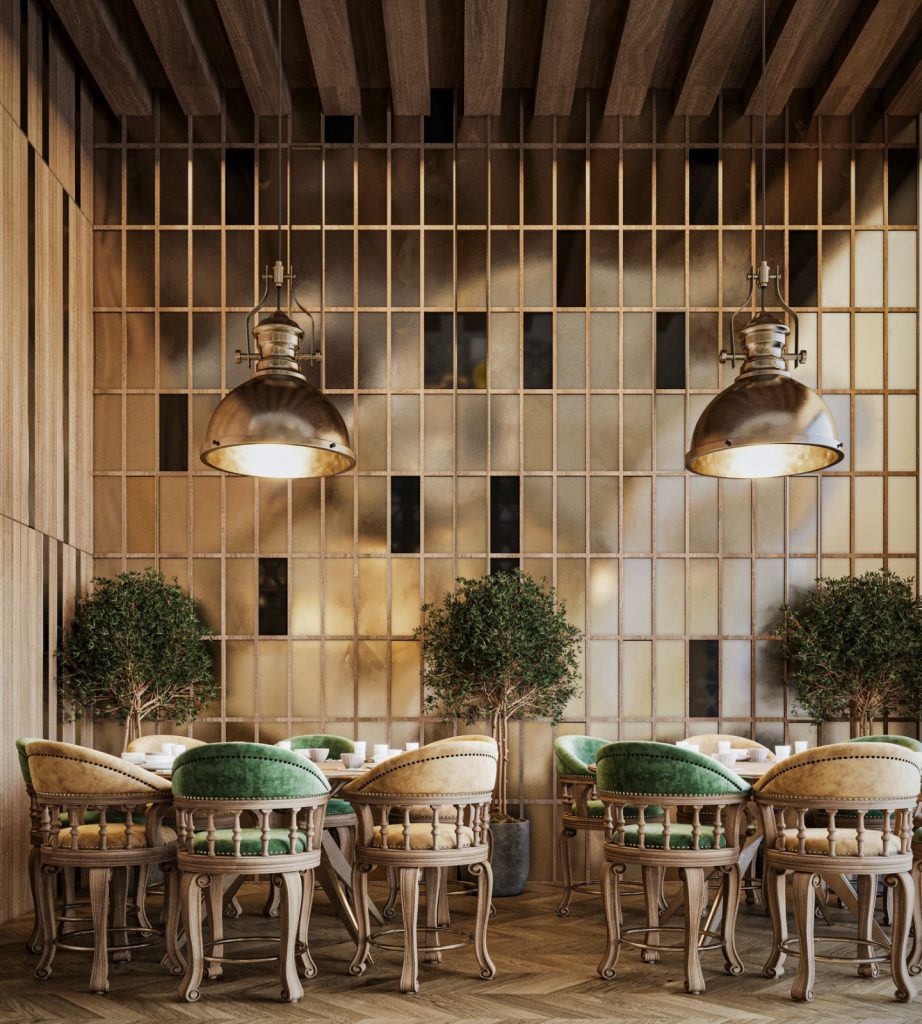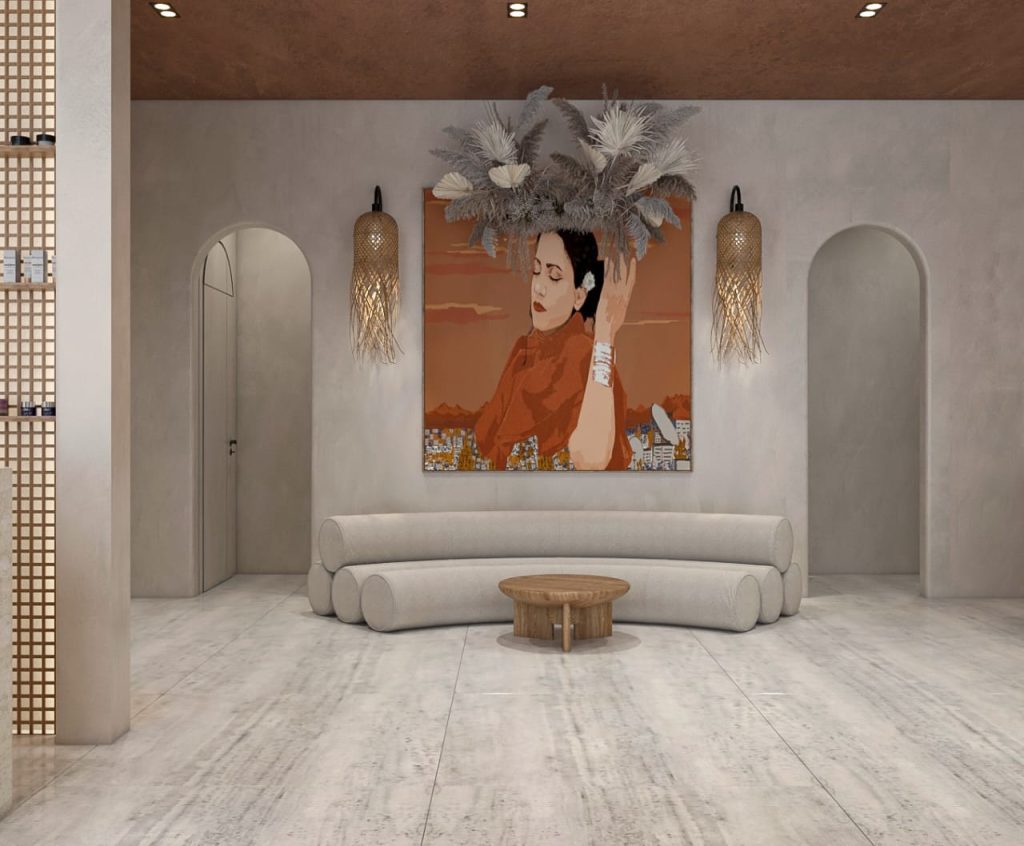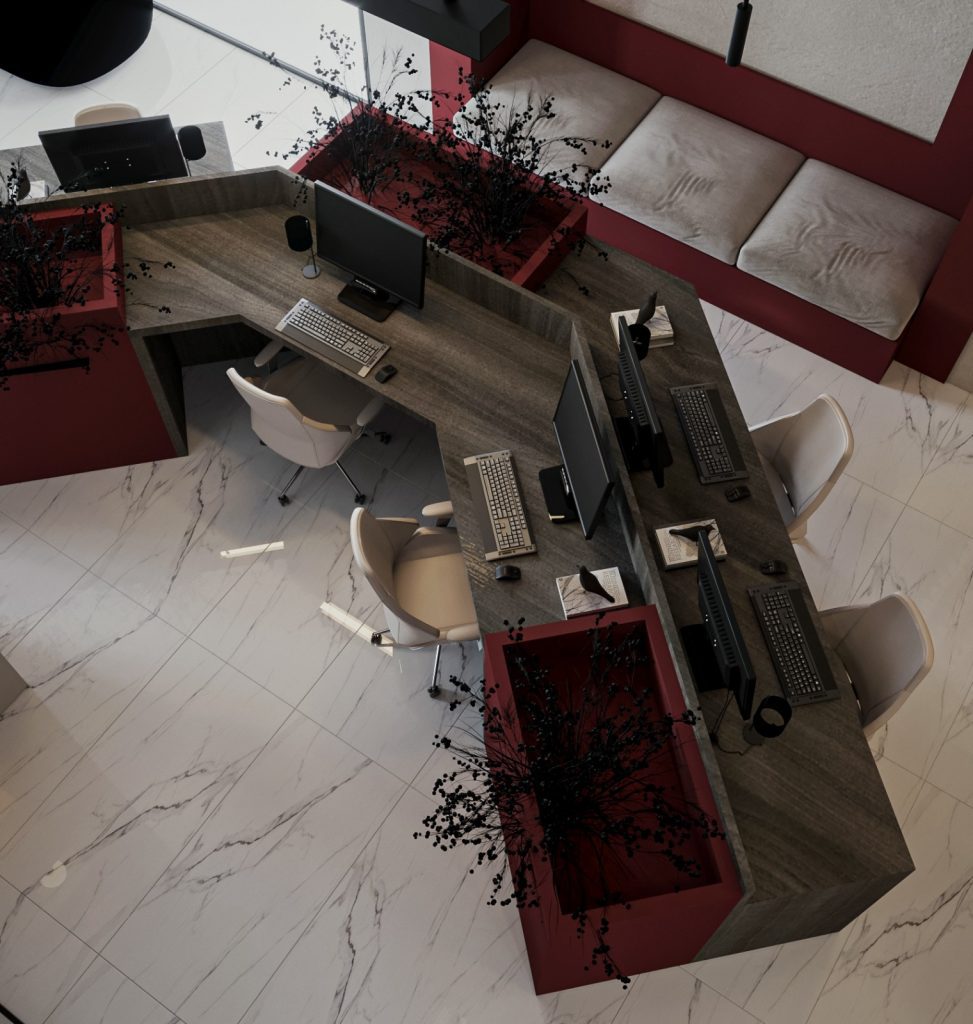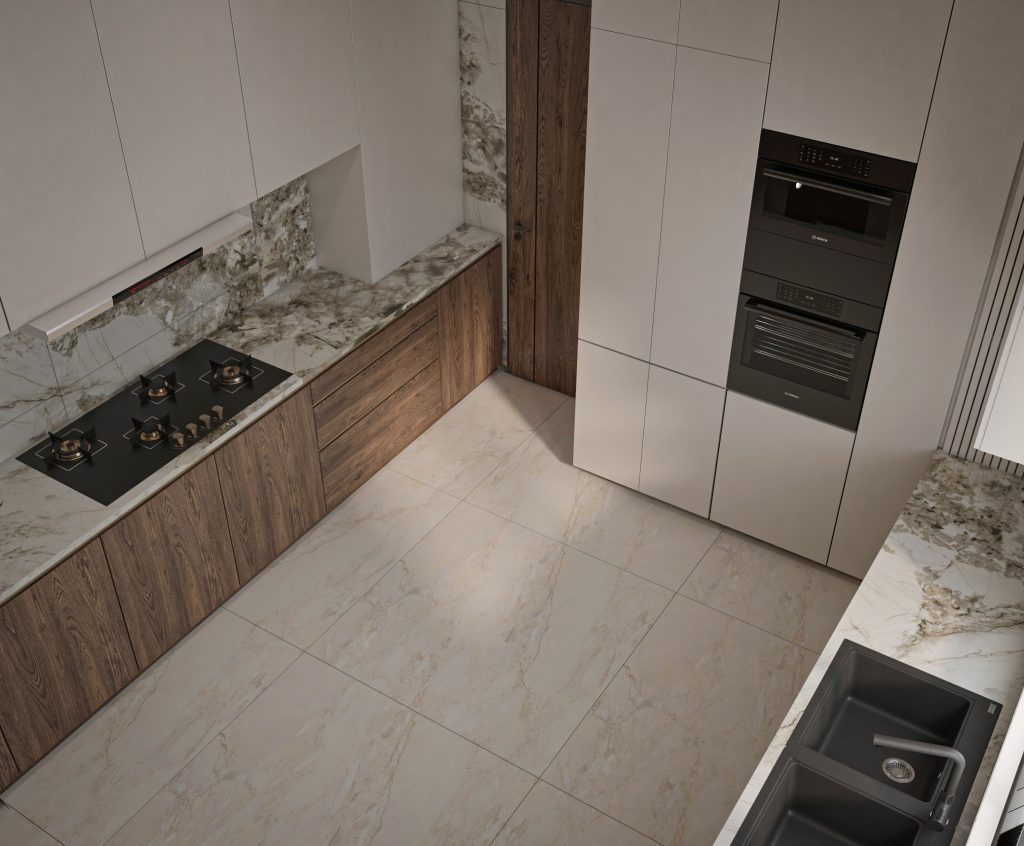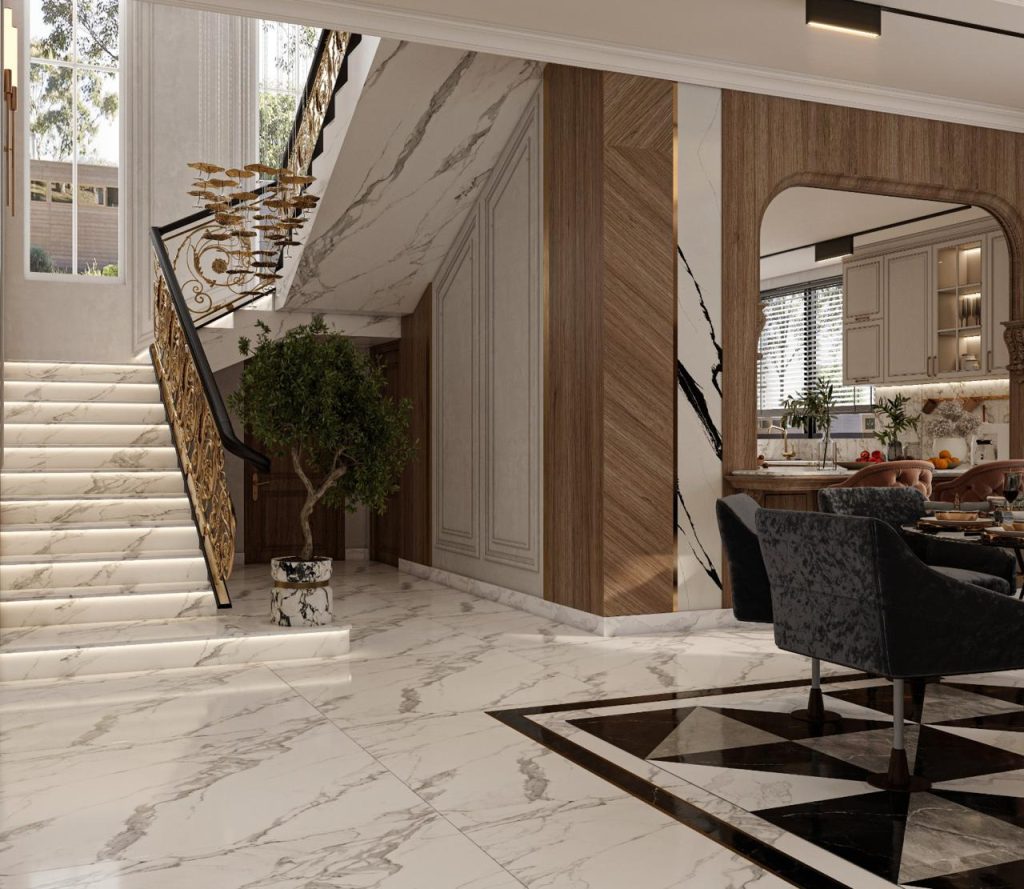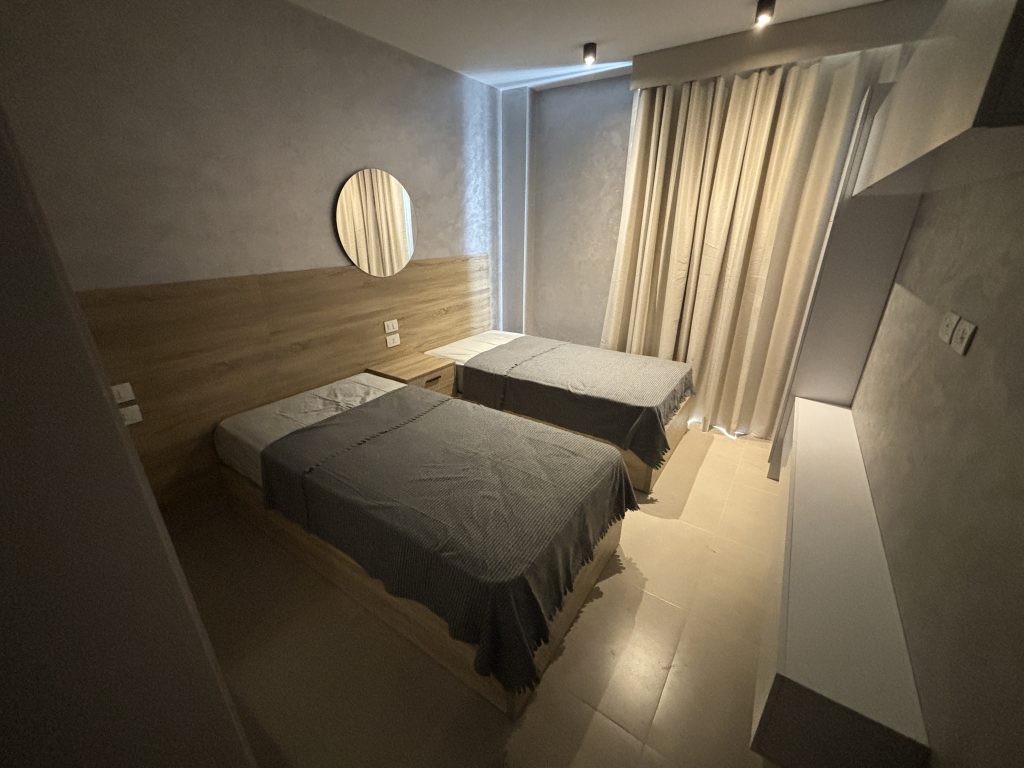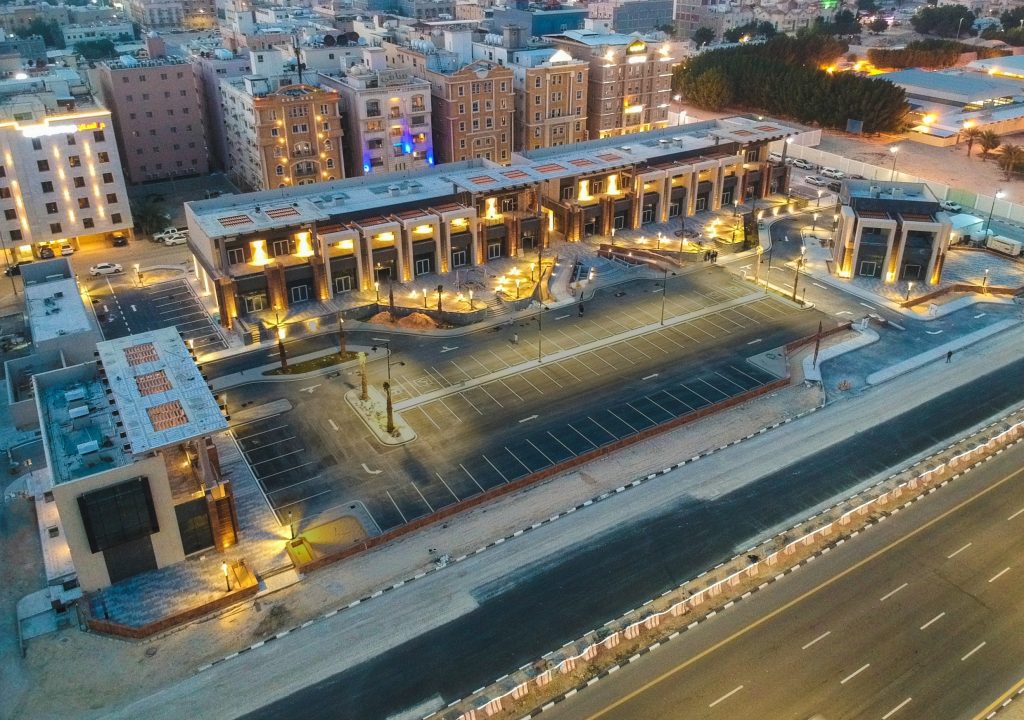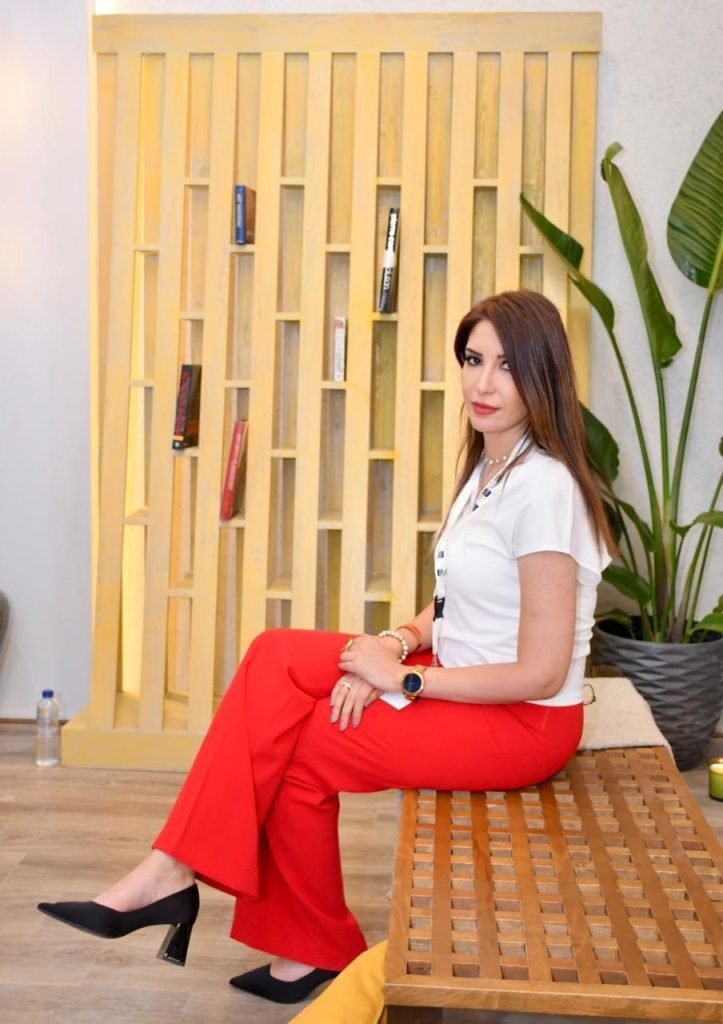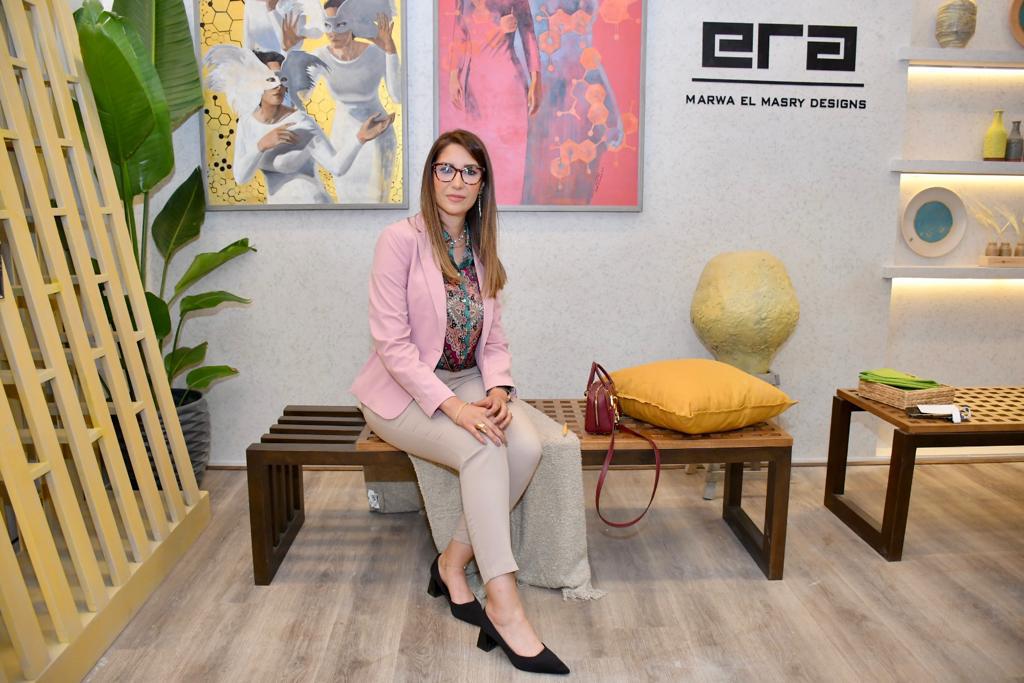Sustainability in interior design is more than just a trend; it’s a necessity. Marwa El Massry, a seasoned interior designer, emphasizes the importance of creating eco-friendly spaces without sacrificing style. This article explores how to incorporate sustainable practices into your home design, making your space both beautiful and environmentally conscious.
Choosing Sustainable Materials
Overview of Sustainable Materials
Sustainable materials like bamboo, reclaimed wood, and recycled metals are great choices for eco-friendly design. These materials are not only environmentally friendly but also durable and stylish.
Tips for Sourcing Eco-Friendly Products
Marwa recommends looking for certifications such as FSC (Forest Stewardship Council) for wood products and GOTS (Global Organic Textile Standard) for fabrics. These certifications ensure that the products meet high environmental and social standards.
Examples of Projects Using Sustainable Materials
In one of her projects, Marwa used reclaimed wood for flooring and bamboo for furniture. The result was a stunning, rustic look that was also eco-friendly. The client loved the natural feel and the knowledge that their home was designed with sustainability in mind.
Energy-Efficient Design Solutions
Strategies for Reducing Energy Consumption
Energy-efficient design can significantly reduce your carbon footprint. Marwa suggests using insulation, double-glazed windows, and energy-efficient lighting to save energy and lower utility bills.
Recommendations for Eco-Friendly Appliances and Fixtures
When choosing appliances and fixtures, look for those with Energy Star ratings. These products are designed to use less energy without compromising performance. Marwa often incorporates these into her designs to create energy-efficient homes.
Case Studies Illustrating Energy-Efficient Designs
In a recent renovation, Marwa installed energy-efficient lighting and appliances throughout the home. The homeowners noticed a substantial reduction in their energy bills and appreciated the environmental benefits.
Eco-Friendly Furniture and Decor
Selecting Sustainable Furniture and Décor
Eco-friendly furniture is made from sustainable materials and often incorporates recycled or reclaimed elements. Marwa advises choosing pieces from manufacturers who prioritize sustainability.
Highlighting Brands and Products
Some brands are known for their commitment to sustainability. Marwa recommends brands like IKEA for their sustainable practices and wide range of eco-friendly products. Other boutique brands also offer unique, handcrafted pieces made from sustainable materials.
Real-Life Examples from Marwa’s Portfolio
Marwa recently designed a living room using eco-friendly furniture, including a sofa made from recycled materials and a coffee table crafted from reclaimed wood. The room was both stylish and sustainable, demonstrating that eco-friendly design can be beautiful.
Waste Reduction and Recycling
Importance of Reducing Waste
Reducing waste is crucial for sustainability. Marwa encourages clients to repurpose old furniture and materials whenever possible. Upcycling not only reduces waste but also adds a unique, personal touch to the décor.
Ideas for Upcycling and Repurposing
Simple DIY projects can turn old items into new treasures. Marwa suggests repainting old furniture, using reclaimed wood for shelving, or turning vintage fabrics into cushions. These projects are fun, eco-friendly, and cost-effective.
Client Stories Showcasing Successful Waste Reduction
One of Marwa’s clients repurposed old wooden pallets into a stylish garden seating area. This not only saved money but also gave the garden a unique, rustic charm. The client was thrilled with the sustainable and creative solution.
Creating Healthy Indoor Environments
Benefits of Indoor Plants and Air-Purifying Solutions
Indoor plants not only enhance the aesthetic of a space but also improve air quality. Marwa often incorporates plants into her designs for their beauty and health benefits. Air-purifying plants like spider plants and peace lilies can significantly improve indoor air quality.
Tips for Improving Indoor Air Quality
In addition to plants, Marwa suggests using low-VOC (volatile organic compounds) paints and finishes, which emit fewer pollutants. Proper ventilation is also essential to maintaining a healthy indoor environment.
Examples of Healthy, Eco-Friendly Interiors
In a recent project, Marwa used low-VOC paints, sustainable materials, and plenty of indoor plants to create a healthy living space. The result was a beautiful, eco-friendly home that promoted wellness and sustainability.
Conclusion
Creating a sustainable interior design doesn’t mean sacrificing style. With Marwa El Massry’s expert tips, you can make your home both beautiful and environmentally friendly. By choosing sustainable materials, incorporating energy-efficient solutions, and reducing waste, you can create a space that reflects your values and enhances your lifestyle.
Call to Action
Interested in creating an eco-friendly and stylish home? Visit Era Culture Design to explore sustainable design options and schedule a consultation with Marwa El Massry. Transform your space with sustainability in mind and enjoy a healthier, more beautiful home.

